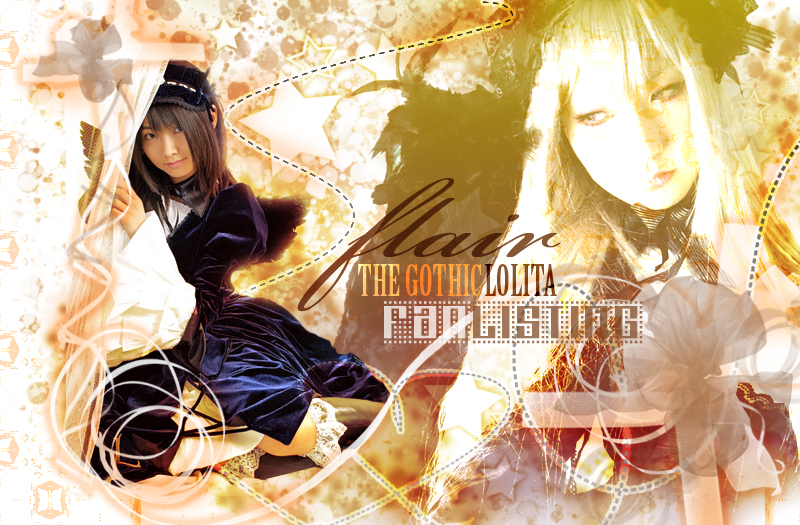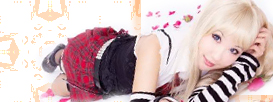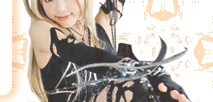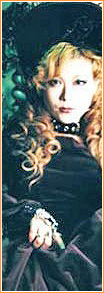


FASHION & STYLE
Lolita Fashion (ロリータ・ファッション) is a fashion subculture in Japan that is primarily influenced by Victorian clothing as well as costumes from the Rococo period. Lolita has made this into a unique fashion by adding gothic and original design elements to the look. From this, Lolita fashion has evolved into several different sub styles and has created a devoted subculture in Japan. The Lolita look consists primarily of a knee length skirt or dress, headdress, blouse, petticoat, knee high socks or stockings and rocking horse or high heel/platform shoes. Although the origin of Lolita fashion is unclear, it is likely the movement started in the late 1970s when famous labels including Pink House, Milk and Angelic Pretty began selling clothes that would be considered "Lolita" by today's standards. Shortly after that came Baby, The Stars Shine Bright, and Metamorphose temps de fille. In the 1990s, Lolita fashion became better recognized, with bands like Malice Mizer and other Visual Kei (or visual type) bands coming into popularity. These bands wore intricate costumes, which fans began adopting as their own style. The style soon spread from its origins in the Kansai region, and ultimately reached Tokyo where it became popularized throughout Japanese youth culture. Today, Lolita fashion has grown so much in popularity that it can be found even in department stores in Japan. Today many young people wear the fashion all around the world. PEOPLE
Gothic Lolita (known in Japan as gosurori, "goth-loli") is a mixture of the Gothic and Lolita fashion. The origins of the Japanese Gothic style can be traced back to the English New Wave Movement during the 1980s: however, the Japanese Gothic scene is fundamentally different from the Gothic subcultures of the west. This Gothic fashion has been adopted into the Lolita fashion through the use of darker make up, clothing, and themes in the design. Unlike other Lolita Styles, in Gothic Lolita darker colors are used for makeup. Red lipstick and smoky or neatly defined eyes, created using black eyeliner, are typical styles. The Gothic Lolita makeup is not as heavy or dramatic as the Western Gothic counterparts. Newer makeup styles emphasize lighter colors but still retain the heavy eye makeup. The outfits themselves usually use dark color schemes like black, dark blues and purples; often with accents of white. As with western gothic subculture, cross jewelry and other religious symbols are also used to accessorize the gothic Lolita look. Other accessories, like bags and purses, are often in uncommon shapes like bats, coffins, and crucifixes. Like many other Lolita fashions, the Japanese visual kei movement was responsible for helping to introduce and popularize the Gothic Lolita style. One artist in particular, Mana, a Japanese musician and fashion-designer, is considered to be the major force behind the popularization of the Gothic Lolita style, though he is not credited with creating it. Mana’s own Gothic Lolita fashion label, Moi-même-Moitié, has grown to be very successful. To describe the designs of his new label, he encouraged the use of the terms Elegant Gothic Lolita (EGL) and Elegant Gothic Aristocrat (EGA) . |
|
|---|
Informations source: Wikipedia |
|
|---|

a fan-site and I don't intende to violate them.
Layout and contents ©Dorothy. Do not reproduce.


